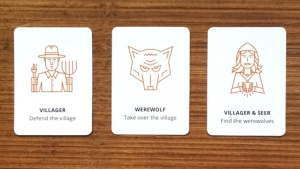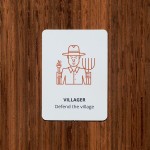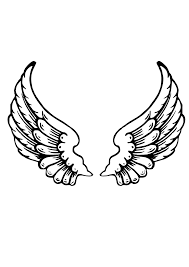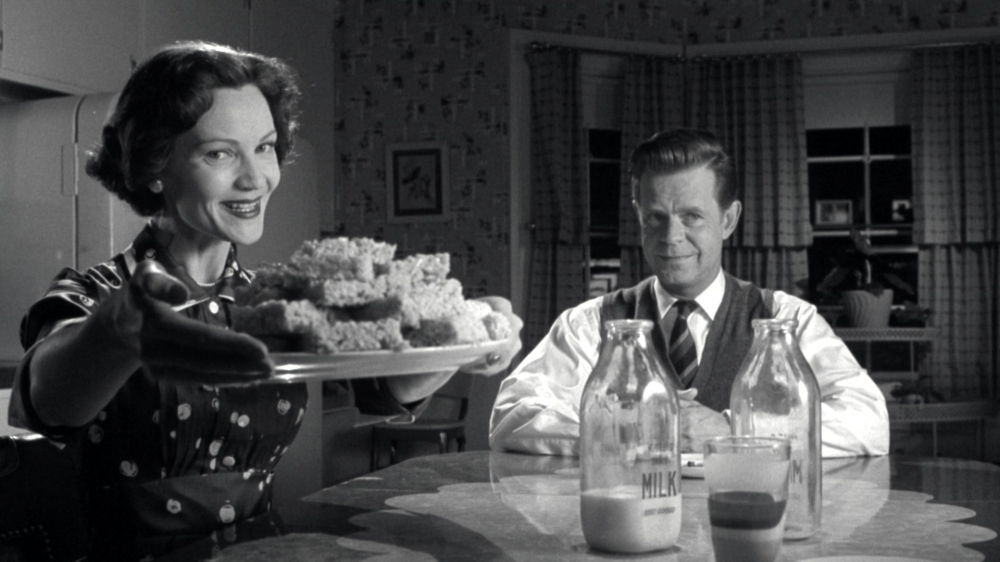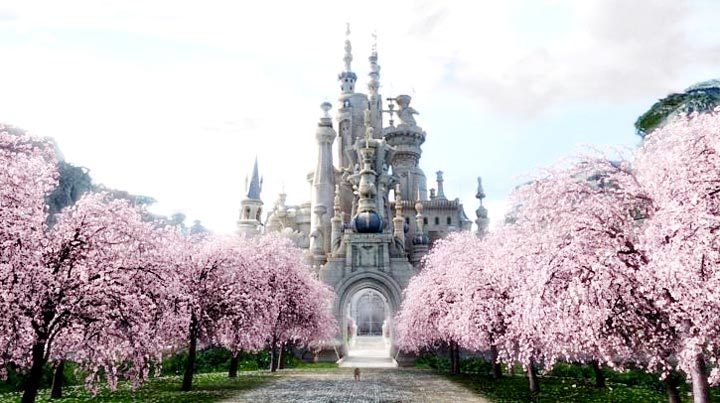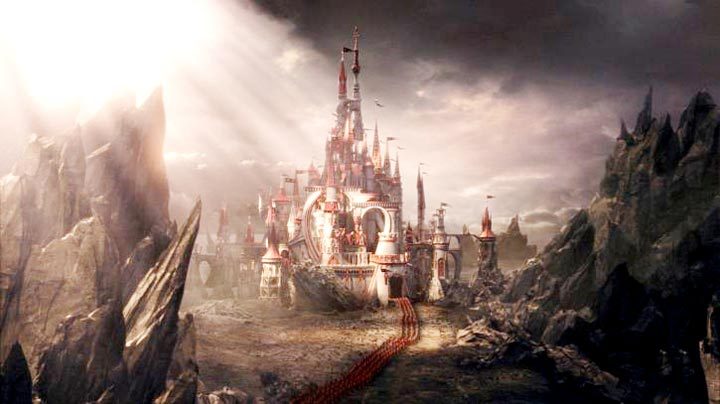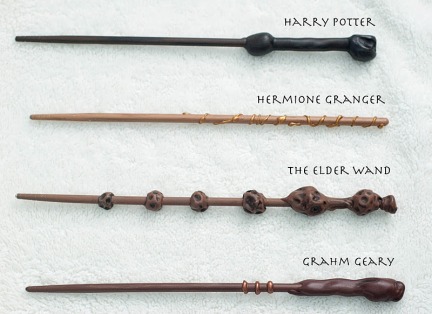Costume is a key part for the fantasy genre because it can help set a time period or indicate that this is not realistic. It can also help the audience distinguish who is the villain and who is the hero, following the ‘Good VS Bad’ theme.
Alice in Wonderland:
Alice in Wonderland is a good example for costume for fantasy films. If we compare what Alice wears to the Queen of Hearts:
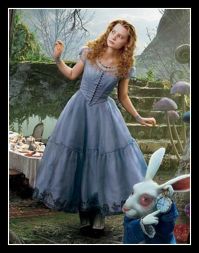
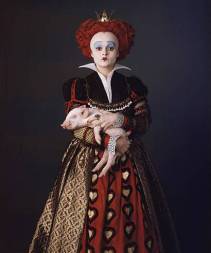
We can see that Alice is wearing a light blue dress, which connotes innocence, safety and kindness. Whereas the Queen of Hearts is dressed in darker colours such as red, black, and gold. Red can connote danger in this case, but also hearts and love, as she is the queen of hearts, which is why she is also dressed in gold, so signify that she is royalty or wealthy. She is also dressed in black, which connotes evil and danger. It is clear to the audience that Alice is the heroin, and the Queen of Hearts is the villain in this case.
Harry Potter:
Another great example of the good versus bad theme in Fantasy films is Harry Potter. As the main protagonist, Harry, is the ‘good’ and the villain is Voldemort who is ‘evil’.
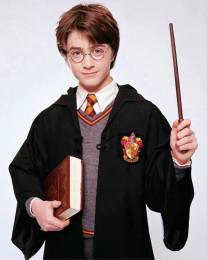
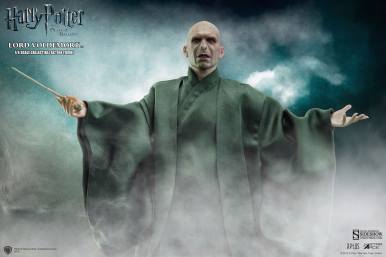
We can see that Harry is wearing a school uniform that can indicate to the audience that he is young, innocent and attending a school. In comparison to Voldemort, who is wearing dark clothing that looks mystical and unusual. This allows the audience to understand that he is the villain and that it is set in a world that is supernatural.
Edward Scissorhands:
Edward Scissorhands is another great example for costume as it uses colour and costume to show and emphasize the differences between Edward and the other people in the town. Edward is wearing black leather and latex, as well as that he has messy hair, compared to other characters who are wearing colourful cheerful clothing that looks more ‘normal’. Even when Edward wears ‘normal clothing’ he still wears untidy shirts and still has very messy hair compared to the others.
Before changing to ‘normal clothing’, Edward is wearing dark clothing, compared to other characters wearing bright colours, such as pink or white and red.
After changing clothing, he goes from wearing black clothing to white clothing, this could suggest that he is not as ‘evil’ or ‘strange’ as he was portrayed to be now that he has socialized with more people and isn’t treated as a strange man.
Sources:
Prezi (made by someone else)
Film Site
Mastering Film – The Role of Costume
